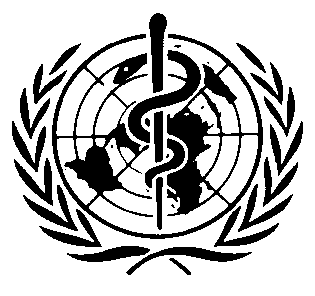International Chemical Safety Cards
| ALDICARB | ICSC: 0094 |




2-Methyl-2-(methylthio)propanal O-((methylamino)carbonyl)oxime C7H14N2O2S / CH3SC(CH3)2CH=NOCONHCH3 Molecular mass: 190.3 
 ICSC # 0094
ICSC # 0094CAS # 116-06-3 RTECS # UE2275000 UN # 2757 EC # 006-017-00-X April 20, 2004 Peer reviewe |
| TYPES OF HAZARD/ EXPOSURE | ACUTE HAZARDS/ SYMPTOMS | PREVENTION |
FIRST AID/ FIRE FIGHTING |
| FIRE |
Combustible.
Gives off irritating or toxic fumes (or gases) in a fire.
|
NO open flames.
|
Powder, water spray, foam, carbon dioxide.
|
| EXPLOSION |
|
|
|
| EXPOSURE |
|
AVOID ALL CONTACT!
AVOID EXPOSURE OF ADOLESCENTS AND CHILDREN!
|
IN ALL CASES CONSULT A DOCTOR!
|
| •INHALATION |
Sweating.
Pupillary constriction, muscle cramp, excessive salivation.
Dizziness.
Laboured breathing.
Nausea.
Vomiting.
Convulsions.
Unconsciousness.
|
Ventilation (not if powder), local exhaust, or breathing protection.
|
Fresh air, rest.
Artificial respiration may be needed.
Refer for medical attention.
See Notes.
|
| •SKIN |
MAY BE ABSORBED!
(Further see Inhalation).
|
Protective gloves.
Protective clothing.
|
Remove contaminated clothes.
Rinse and then wash skin with water and soap.
Refer for medical attention.
See Notes.
|
| •EYES |
|
Face shield,
or eye protection in combination with breathing protection.
|
First rinse with plenty of water for several minutes (remove contact lenses if easily possible), then take to a doctor.
|
| •INGESTION |
Abdominal cramps.
Diarrhoea.
Nausea.
(Further see Inhalation).
|
Do not eat, drink, or smoke during work.
Wash hands before eating.
|
Give a slurry of activated charcoal in water to drink.
Refer for medical attention.
See Notes.
|
| SPILLAGE DISPOSAL | STORAGE | PACKAGING & LABELLING | ||
|
Sweep spilled substance into containers; if appropriate, moisten first to prevent dusting.
Carefully collect remainder,
then remove to safe place.
Personal protection: chemical protection suit including self-contained breathing apparatus.
Do NOT let this chemical enter the environment.
|
Provision to contain effluent from fire extinguishing.
Separated from food and feedstuffs.
|
Do not transport with food and feedstuffs.
Marine pollutant. T+ symbol N symbol R: 24-26/28-50/53 S: 1/2-22-36/37-45-60-61 UN Hazard Class: 6.1 UN Packing Group: I |
||
| SEE IMPORTANT INFORMATION ON BACK | ||||
|
||||
